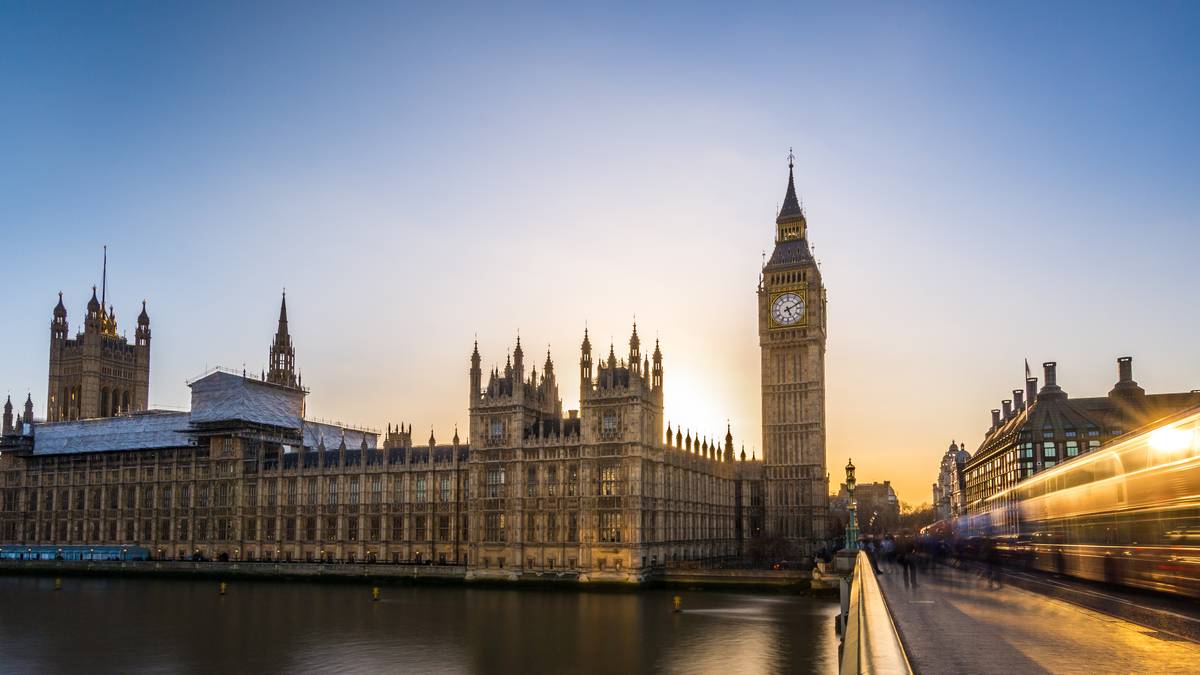
The UK faces urgent challenges if the benefits of a secure and efficient digital identity protocol are not to be squandered.
Critics are calling on the government to ensure the right technology, processes and standards are in place to unleash a new, effective and prosperous era of digital identity.
Westminster has announced plans to “unlock the UK’s digital identity economy”. Proposals include updates to existing laws to enable digital identity to be used as widely as possible, alongside a new set of guiding principles for policy development.
Digital infrastructure minister Matt Warman says the goal is to make it easier for people to prove their identity online to enable faster transactions. He believes digital identity “has the potential to add billions to our economy”.
This follows a surge of people turning to digital services during the coronavirus pandemic. Some 2.6 million people made an online claim for the Self-Employment Income Support Scheme between its launch in May and September 2020. According to the Department for Digital, Culture, Media & Sport, 1.4 million claimants had no prior digital identity credentials and needed to pass through HM Revenue & Customs’ identity verification service.
The new framework is long overdue. A report from think tank Policy Exchange claims the lack of reliable digital ID services is severely limiting the UK’s future as a leading digital economy.
Last year, the Cabinet Office’s annual report said that the government’s current digital identity programme GOV.UK Verify “continued to pose notable risks”, as it struggled to cope with demand for digital services in the early stages of lockdown.
“It’s a shame the UK lost so much time on the unsuccessful Verify project. But there’s more energy and appetite now in government to tackle digital identity than we’ve seen for many years. Let’s hope this moment won’t be wasted,” says Jessica Figueras, a technology strategist specialising in government, policy and regulation, and author of the local authority digital identity survey Identifying as Citizens.
Taking a federated approach to identity
So, what can we expect from the rollout of a digital ID scheme in 2021? The government has already ruled out a physical or biometric ID card scheme, as used in other countries.
“The debate about digital ID has always been politically difficult in the UK,” says Figueras. There have been long-standing fears about privacy and possible government overreach. Remembering the strong historical opposition to ID cards, this has translated into a push back against centralised digital ID schemes based on a single citizen database.
“This is why governments over the past decade have consistently tried to implement a so-called federated approach to ID, which allows citizens to be identified without relying on a database that consolidates lots of data about them in one place,” says Figueras.
Colin Wallis, executive director of the Kantara Initiative, a global non-profit association dedicated to improving trustworthy use of identity, agrees the UK won’t be looking at just one digital ID scheme.
“If you are not operating a single scheme - as is the case with the common law countries, most notably Australia, Canada, New Zealand, the UK and United States - you are not operating a single scheme. Instead, you are operating or supporting the operation of several schemes by providing the basic requirement: a secure and private attribute exchange of authoritative government-held identity-related data,” he says.
“With the UK, United States and New Zealand in a similar position in their approach to legislation at a similar time – Australia and Canada are further advanced – it would be sensible for the UK and United States to align.”
How to combat digital exclusion
There will, of course, be challenges for the government. For example, there are issues of digital exclusion, where people don’t have the paper credentials that digital services will be relying on to identify them, such as passports and driving licences.
“Very often these are citizens who are vulnerable in other ways: homeless, elderly or have an irregular immigration status. Things can go badly wrong for these people when they’re not able to prove their identity, as we learnt from the Windrush scandal. So it’s even more important that public service providers can offer them an appropriate service,” says Figueras.
Elsewhere, the government is challenged with maintaining regulatory oversight of the digital ID landscape. The federated path the UK has chosen is more complex than a highly centralised system seen in countries such as Estonia, which has built a trailblazing digital society. This means the user experience in the UK may be more fragmented. There may also be dependencies between public and private sector bodies that might not always be clear.
Ultimately, the goal for the government is to offer a digital ID service that supports users across both public and private sector organisations, enabling the sharing of data with trusted third parties.
For example, industries that require formal proof of identification for regulatory purposes, such as banking, could integrate with the digital ID service to fast track such processes, assuming the user has opted to allow their data to be shared in this way.
“It also represents a great opportunity to give greater ownership of data back to citizens, letting people track how their identity is used, giving them the ability to select who they share data with, in what context, along with the power to revoke access,” says Ricky Walker, chief technology officer for the public sector at digital transformation firm Kainos.
“This would create transparency and build trust in the system, helping to encourage higher opt-in rates and adoption.”
The new trust framework is scheduled to roll out in 2021. With more people set to use online services post COVID-19, many hope the government can learn from the past and ensure the right technology, processes and standards are in place to enable a new era of digital identity. Only then can it play a role in unlocking the UK’s digital economy.
